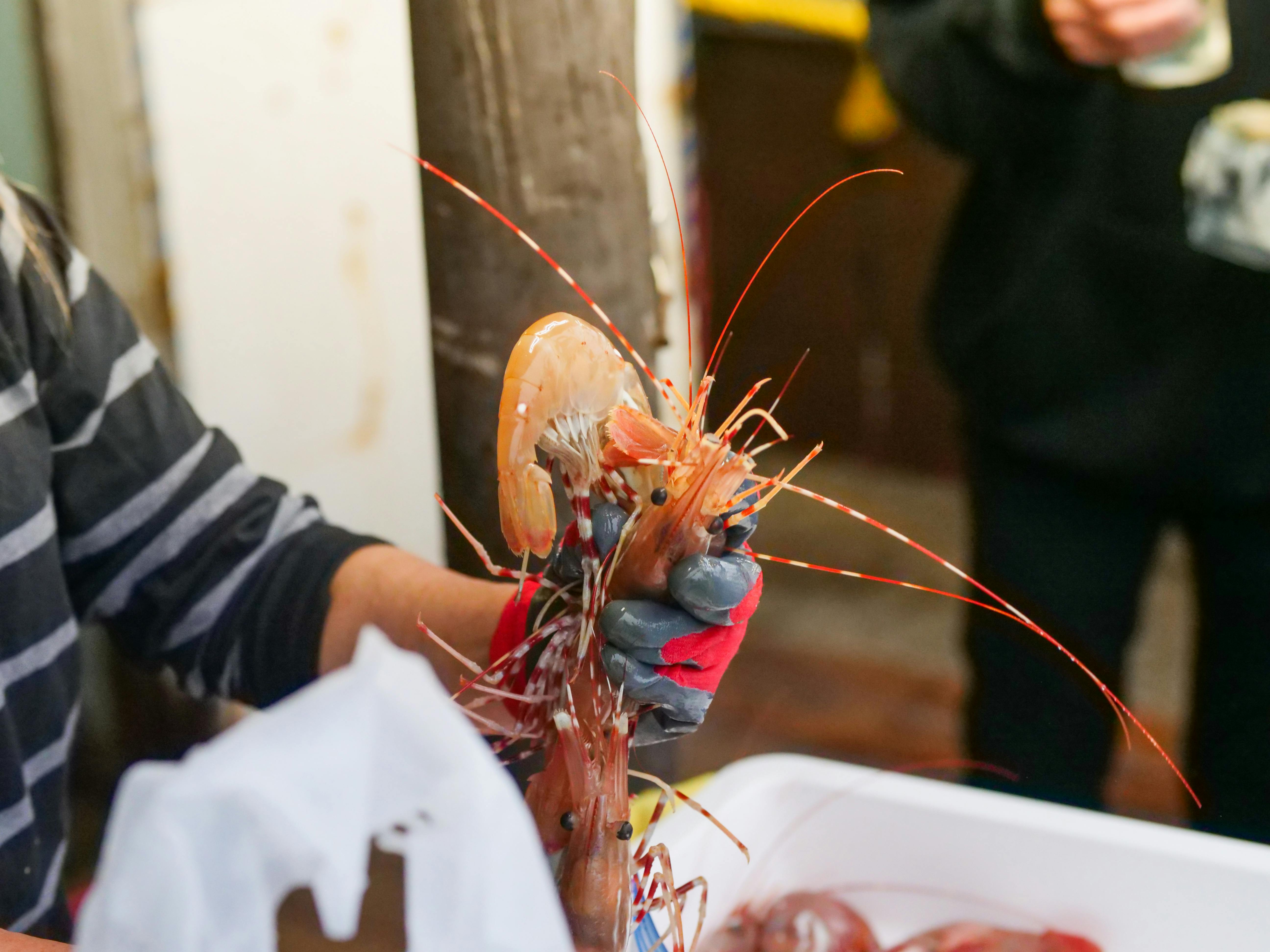
Essential Guide to How to Grill Ribs for Perfectly Tender Results in 2025
Grilling ribs is a cherished tradition among BBQ enthusiasts, offering a delightful dining experience packed with flavor and tenderness. Understanding the nuances of grilling ribs, including the best techniques, marinades, and tips for achieving that perfect finish, can mean the difference between ordinary and extraordinary meals. In this essential guide, we will explore the art of grilling ribs to help you serve up perfectly tender, flavorful dishes that will impress family and friends alike.
Why ribs? They are versatile, allowing for various cuts like pork, beef, baby back, and spare ribs, each requiring specific preparation and cooking methods. This article will walk you through the entire grilling process, from selecting the right ribs to preparation, cooking techniques, and the deadly mistake of underestimating resting time. By the end, you'll be prepared to infuse your grilled ribs with mouthwatering flavors that enhance your BBQ gatherings.
Join us as we delve into the nuances of grilling ribs, including tips on selecting the best rib cuts, utilizing marinades and rubs, and mastering grilling techniques like indirect grilling and smoking. We’ll also discuss essential grilling accessories and safety tips, ensuring your grilling sessions are as enjoyable as the meals you create.
Let's start with the basics of rib selection and preparation to set the stage for successful grilling.

Essential Selection and Preparation for Grilling Ribs
Choosing the Best Ribs for Grilling
When it comes to grilling ribs, the first step is selecting the right cut. Pork ribs, typically available as baby back or spare ribs, are favored for their tenderness and flavor. Baby back ribs are shorter and leaner, while spare ribs have more meat and are often more flavorful. If you're feeling adventurous, consider beef ribs as well, which offer a heartier taste and texture.
For first-time grillers, baby back ribs are generally easier to handle due to their size and tenderness. Always check for quality by looking for a good amount of meat on the bone with a pink, moist appearance—this ensures a delicious end result. In contrast, avoid ribs with excessive fat or dry spots.
Ribs Preparation Techniques
Once you've chosen your ribs, it's time to prepare them for grilling. A crucial part of the preparation is removing the silver skin—a thin membrane on the bone side of the ribs. This can be accomplished using a sharp knife; gently slide it under the membrane and pull it off in one piece for better flavor absorption.
Next, think about marinating your ribs. A flavorful marinade not only enhances taste but also helps tenderize the meat. Allow ribs to marinate for at least two hours (or overnight for optimal flavor) in a mix of spices, acidity (like vinegar or citrus), and oil. Consider popular marinades such as a simple garlic sauce or a homemade BBQ sauce for a sweet and tangy kick.
Understanding Rib Cooking Time and Temperature
Knowing how long to grill ribs is essential for achieving that perfect tender texture. Typically, ribs require a longer grilling time compared to other meats due to their thickness. A general rule of thumb is to grill ribs at a low temperature (225°F to 250°F or 107°C to 121°C) for 4 to 6 hours. Using a meat thermometer to monitor internal temperature can ensure safety and quality. Aim for an internal temperature of about 190°F (88°C) for stunning results.
During the grilling process, also remember the indirect grilling technique. Place the ribs away from direct flames to avoid burning while allowing for even cooking. This slower method results in deliciously tender ribs. Building on these fundamentals, let’s take a closer look at various grilling techniques to further enhance your ribs grilling experience.
Mastering Grilling Techniques for Tender Ribs
Indirect Grilling Method Explained
Indirect grilling involves cooking your ribs away from direct heat, creating a controlled cooking environment that allows the ribs to cook evenly while remaining moist. For charcoal grills, pile the coals to one side, placing the ribs on the opposite side. This setup creates a hot zone and a cooler zone, perfect for slow cooking.
If you're using a gas grill, turn on only half of the burners and place the ribs on the unlit side. This cooking method mirrors that of a smoker, helping to retain moisture and infuse the meat with fantastic flavors. Wrap your ribs in aluminum foil halfway through cooking to lock in moisture and enhance tenderness—this is often referred to as the “foil method.”
Smoking Ribs for Enhanced Flavor
Incorporating smoke into the rib grilling process adds depth and complexity to the flavor profile. Utilizing wood chips, such as hickory, mesquite, or applewood, can elevate your grilling game. Soak the wood chips in water for about 30 minutes, then place them directly on the coals or in a smoker box for gas grills. The smoke will permeate the meat, creating mouthwatering, tender ribs.
Smoking your ribs not only enhances flavor but aids in the cooking process, allowing the collagen in the meat to break down slowly. Aim for a smoking time of about 4 to 6 hours, maintaining a consistent temperature. Pair smoked ribs with a glaze of your choice towards the end for that beautifully caramelized finish.
Utilizing Rib Rubs and Marinades
A combination of dry rubs and marinades can work wonders on your grilled ribs. A good dry rub typically comprises spices such as paprika, salt, black pepper, garlic powder, and brown sugar for a hint of sweetness. Apply this blend generously to both sides of your ribs, allowing it to sit for at least 30 minutes before grilling.
Alternately, a wet marinade can be used to create a moist layer of flavor—think about tangy fruit juices, garlic, and spices. Marinating for a few hours or overnight will help deepen the flavors and tenderize the meat. Experimenting with various combinations can yield unique and delicious results.
Finishing Touches: Resting and Saucing Ribs
The Importance of Resting Ribs
One often overlooked aspect of grilling ribs is resting time. After grilling, allowing your ribs to rest for at least 10 to 15 minutes is crucial for retaining moisture. During resting, the juices redistribute, ensuring every bite is flavorful and tender.
Cover your ribs loosely with aluminum foil during this period to keep them warm while preventing moisture escape. This step is essential and can make or break the tenderness of your final dish. After resting, the ribs will easily fall off the bone, making them a delight to serve.
Barbecue Sauce Application
Applying barbecue sauce is one of the final steps to creating mouthwatering grilled ribs. If you’re using a sauce, add it during the last 30 minutes of cooking—this prevents burning while still allowing the sauce to caramelize beautifully.
Choose from sweet, tangy, or spicy sauces—whatever suits your palate! Brush sauce on liberally, being sure to cover all surfaces for maximum flavor infusion. The right sauce pairs beautifully with the smoky flavors generated from your grilling method.
Grilling Tips and Accessories for Perfect Ribs
Essential Grilling Accessories
Having the right tools can significantly enhance your grilling experience. Here are some essential grilling accessories you should consider: grill tongs, a meat thermometer for precise checking of doneness, grill gloves for handling the hot grill, and a basting brush for applying sauces.
If you enjoy smoking, consider investing in a smoker box for your grill or specialized wood chips for flavor infusion. A good quality grill brush for cleaning post-cooking is also necessary to maintain a safe and healthy grilling environment.
Grilling Safety Tips
Grilling safety is paramount, especially when dealing with meats. Always ensure your grill is clean before cooking to prevent flare-ups. When working with raw ribs, remember the importance of cross-contamination; keep utensils and surfaces that have come into contact with raw meat separate from cooked food.
Additionally, maintaining a safe grilling distance from overhead structures, keeping a fire extinguisher nearby, and checking propane tanks for leaks are essential. These precautions will help you avoid accidents while enjoying your grilling adventures.
Serving Grilled Ribs: Ideal Pairings and Suggestions
Classic Side Dishes for Ribs
Serving grilled ribs is a delightful experience, and pairing them with the right sides is essential to create a full meal. Seasoned fries, coleslaw, or a refreshing potato salad are staples that pair wonderfully with ribs. You can also experiment with grilled vegetables for an added burst of flavor and color.
A classic BBQ bean dish can complement the sweetness of your BBQ sauce, while tangy pickles or corn on the cob offer contrasting textures and flavors to the meal. Keep in mind that the best ribs should shine, so aim for subtle accompaniments that enhance rather than overshadow them.
Creative Presentation Ideas
Don't underestimate the power of presentation! For an eye-catching setup, serve ribs on a wooden cutting board, garnished with fresh herbs or lime wedges for a pop of color. Using unique platters or even grill marks from the grill enhances visual appeal. For informal gatherings, consider serving ribs in butcher paper for a rustic touch.

Q&A Section: Common Questions About Grilling Ribs
How long do I grill ribs for perfect tenderness?
The grilling time for ribs usually ranges from 4 to 6 hours at a low temperature (225°F to 250°F). Use a meat thermometer to check that the internal temperature reaches around 190°F for optimal tenderness.
What’s the best way to check rib doneness?
Using a meat thermometer is the best method. You can also check doneness by twisting a bone—if it starts to pull away easily from the meat, your ribs are ready.
What marinades work best for grilling ribs?
Marinades with acidic components, like vinegar or citrus juices, work exceptionally well. Consider a combination of fruit juices, soy sauce, and garlic for a flavorful marinade. Allow the ribs to marinate for at least two hours or overnight for great results.
Are dry rubs better than marinades for ribs?
This largely depends on personal preference! Dry rubs create an excellent crust and flavor on the surface, while marinades infuse flavors throughout the meat. Try both methods to find your favorite.
How do I store leftovers after grilling ribs?
To store leftover ribs, wrap them tightly in aluminum foil or place them in an airtight container. Consume them within 3 to 4 days, or freeze for up to 3 months. Reheat ribs wrapped in foil in the oven or on the grill covered with sauce.